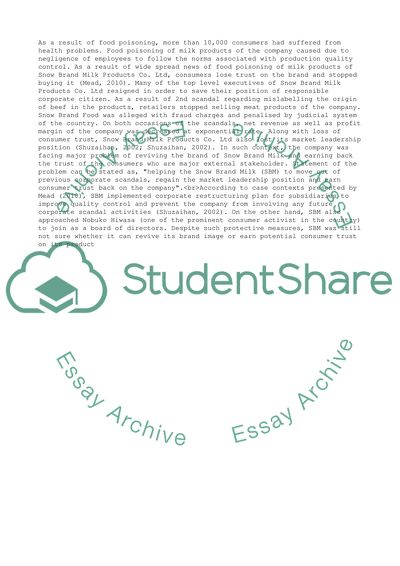Cite this document
(Not Found (#404) - StudentShare, n.d.)
Not Found (#404) - StudentShare. https://studentshare.org/business/1840979-case-study-on-snow-milk
Not Found (#404) - StudentShare. https://studentshare.org/business/1840979-case-study-on-snow-milk
(Not Found (#404) - StudentShare)
Not Found (#404) - StudentShare. https://studentshare.org/business/1840979-case-study-on-snow-milk.
Not Found (#404) - StudentShare. https://studentshare.org/business/1840979-case-study-on-snow-milk.
“Not Found (#404) - StudentShare”. https://studentshare.org/business/1840979-case-study-on-snow-milk.


